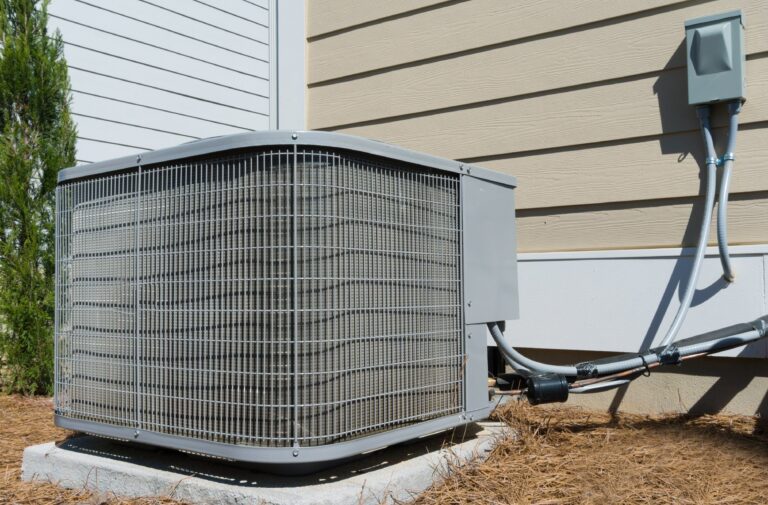As summer temperatures soar, the air conditioner becomes an indispensable appliance for every homeowner. However, like any mechanical system, AC units are prone to experiencing issues from time to time. These problems can range from minor inconveniences to significant malfunctions, causing discomfort and frustration.
Instead of panicking and reaching for the phone to call a professional right away, homeowners can save time and money by attempting some troubleshooting themselves. In this comprehensive guide, we’ll explore the most common AC problems and provide easy-to-follow steps for homeowners to identify and potentially resolve them. If you do end up needing the helping hands of pros, Lago Vista Air Conditioning Repair is the one to call.
1. The Air Conditioning Won’t Turn On
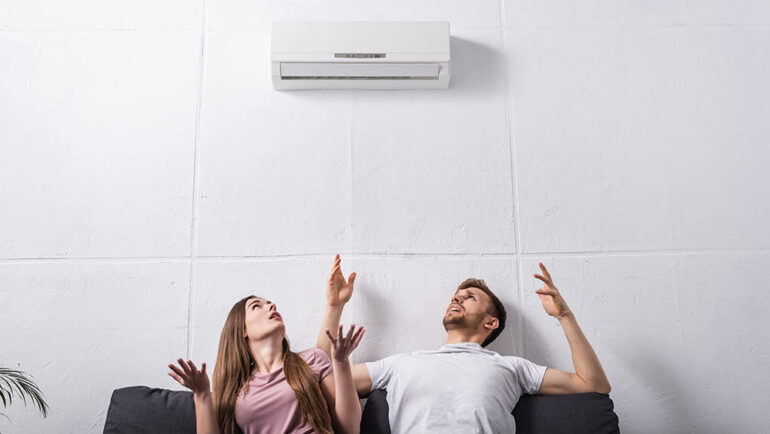
The first sign of a malfunctioning AC unit is often its refusal to turn on. Before calling a technician, try these troubleshooting steps:
Check the Power Supply: Ensure that the AC unit is properly plugged into a working electrical outlet. If it is connected to an extension cord, try plugging it directly into a wall socket.
Check the Thermostat: Verify that the thermostat is set to “cool” and at a temperature lower than the room’s current temperature. If it has batteries, replace them and make sure it’s clean and free from dust.
Check the Circuit Breakers: A tripped circuit breaker can prevent the AC from turning on. Check the circuit breaker box and reset any tripped breakers.
2. Insufficient Cooling

If the AC is running, but the cooling seems inadequate, there are a few potential culprits to investigate:
Dirty Air Filters: Clogged air filters restrict airflow, reducing the AC’s cooling efficiency. Check the filters monthly and replace them every 1-3 months, depending on usage.
Blocked Condenser Unit: The condenser unit located outside can become obstructed by debris, such as leaves or dirt. Regularly clean the area around the unit to ensure proper airflow.
Low Refrigerant Levels: Low refrigerant levels can indicate a leak in the system. Contact a professional technician to inspect the AC, fix any leaks, and recharge the refrigerant if necessary.
3. Unusual Noises
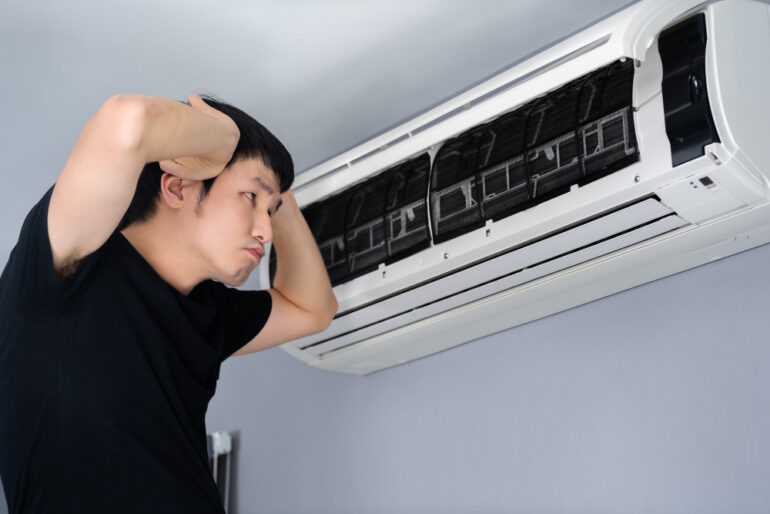
Banging, grinding, or screeching noises coming from the AC unit are concerning and may indicate:
Loose or Damaged Parts: Over time, components within the AC unit can become loose or damaged, resulting in strange noises. Turn off the system and schedule a service visit to address the issue.
Fan Issues: A misaligned or damaged fan can create unusual sounds. Avoid using the AC until a technician can repair or replace the fan.
4. Leaking Water
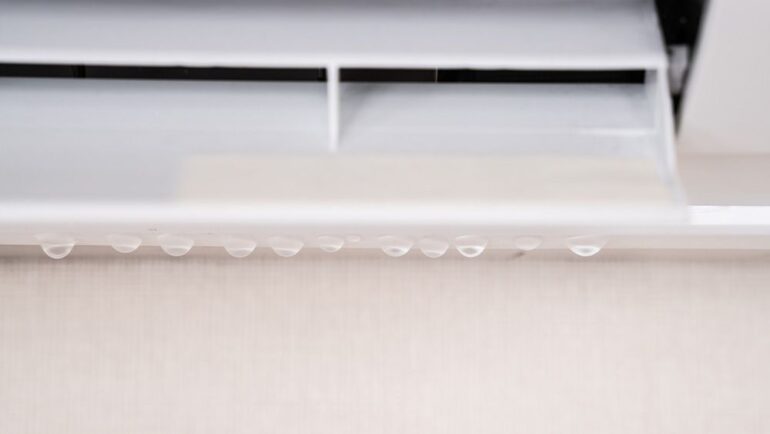
Discovering water around the AC unit can be alarming. Here’s what might be causing the problem:
Clogged Condensate Drain Line: The drain line can become clogged with algae, mold, or debris. Locate the drain line (usually a PVC pipe near the indoor unit) and use a wet/dry vacuum to clear the blockage.
Frozen Evaporator Coil: A frozen evaporator coil can cause water to drip from the unit. If you suspect this issue, turn off the air conditioning and let the ice melt, then investigate the root cause, such as dirty air filters or low refrigerant levels.
Conclusion
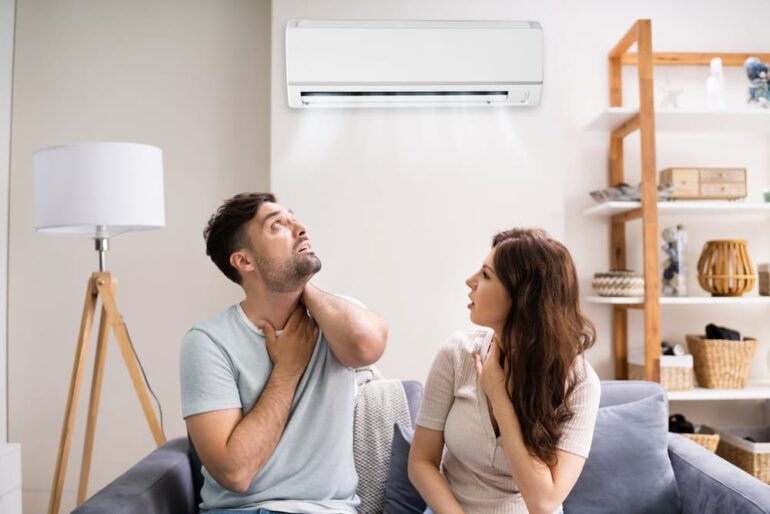
Troubleshooting common AC problems doesn’t have to be daunting for homeowners. By following these simple steps, you can often identify the issue and potentially resolve it yourself. However, it’s essential to remember that some AC problems may require professional expertise. If you’re ever unsure or uncomfortable with performing troubleshooting tasks, it’s best to contact a licensed HVAC technician. Regular maintenance and prompt attention to air conditioning issues can help keep your system running smoothly, providing you with a cool and comfortable home during those hot summer months.

